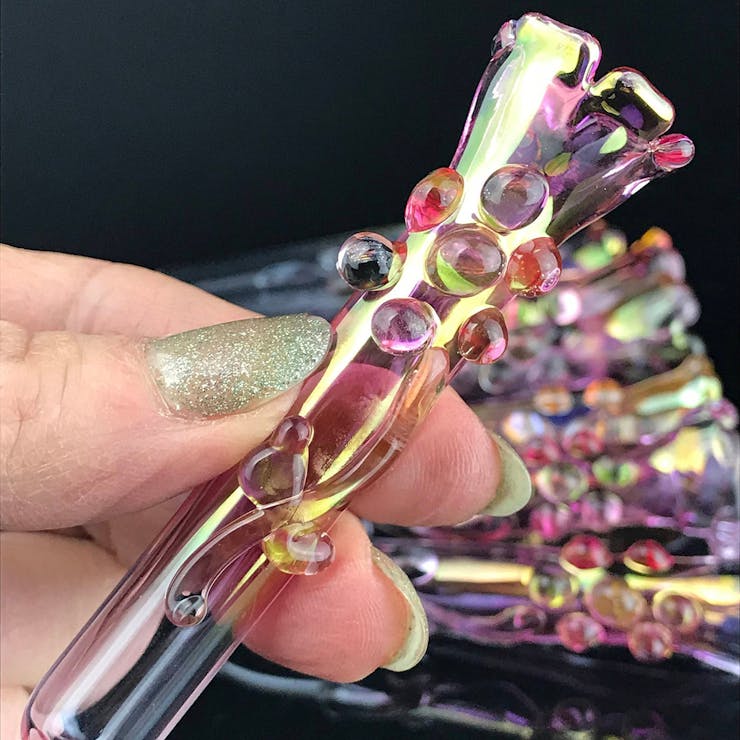Borosilicate is a type of glass made from boron trioxide and silica, rather than just silica, quartz, which is often derived from sand, or soda-lime. It’s the leading material for making pipes, bongs, and adapters. Borosilicate glass is sometimes sold under the brand name Pyrex and is incredibly heat-resistant, able to withstand very high levels of heat.
“What’s the best way to clean boro?”
“This is borosilicate, not some cheap quartz garbage.”
What is borosilicate glass?
Different types of glass are made from different compounds. Most manufactured glass you encounter is known as “soda-lime” glass which contains around 70% silica. The silica in this glass often comes from sand, and historically glass was made in areas with an abundance of sand.
Borosilicate glass is a special blend of boron trioxide and silica, thus “boro-silicate,” which creates glass with very high resistance to thermal shock compared to other glasses. Borosilicate glass is often used to make laboratory equipment and baking pans, and is commonly known by the brand name Pyrex. While Pyrex is often considered the same thing as borosilicate glass, some Pyrex products are actually made from soda-lime glass.
In the cannabis world, pipes, bongs, dab rigs, and adapters can be made from borosilicate glass, giving them a much higher threshold for heat. That heat resistance is especially important when it comes to dab rigs, where torches are used.
Who popularized borosilicate glass pipes?
Pyrex was started in 1922. Pipemaker Bob Snodgrass led a borosilicate revolution from the parking lots of Grateful Dead concerts nationwide, beginning in the early ‘70s.
